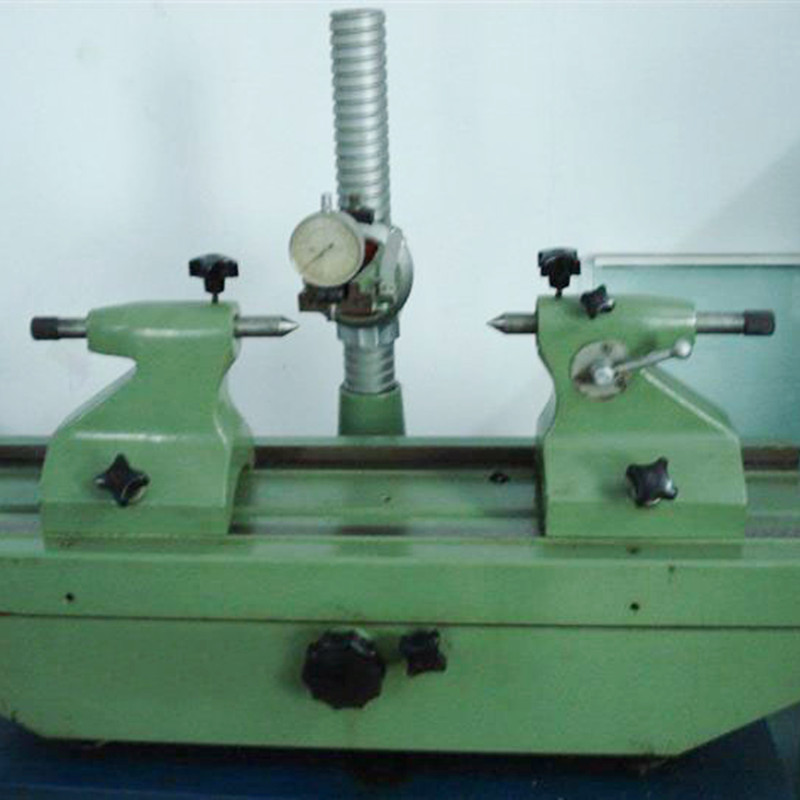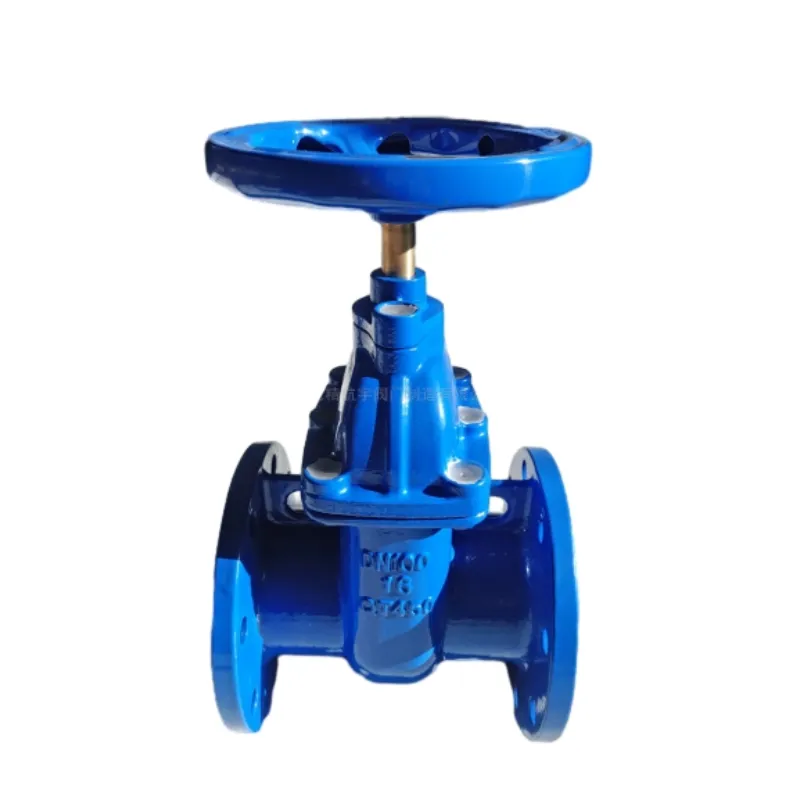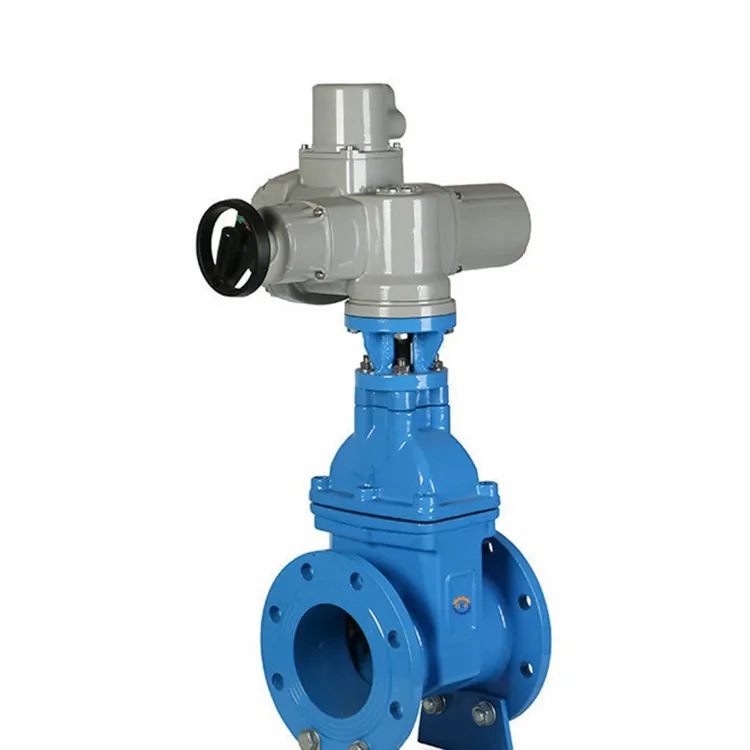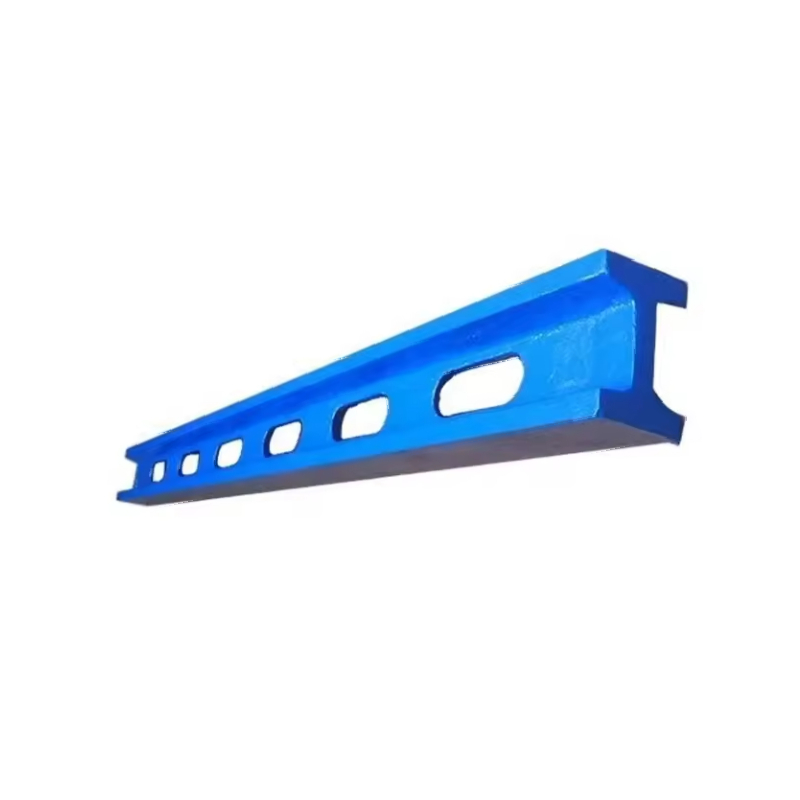12 月 . 04, 2024 09:23 Back to list
Understanding Thread Go No-Go Gauges for Precision Measurement and Quality Control
Understanding the Go/No-Go Gauge in Thread Measurement
The world of manufacturing and quality control relies heavily on precision and accuracy, particularly when it comes to threaded components. One of the essential tools used to ensure that threaded parts meet specified tolerances is the Go/No-Go gauge. This simple yet effective measuring instrument plays a crucial role in maintaining the integrity of threaded products, which are ubiquitous in various industries, including automotive, aerospace, and construction.
What is a Go/No-Go Gauge?
A Go/No-Go gauge is a type of functional gauge used to check the dimensional accuracy of products. Unlike traditional measurement tools that provide a numerical value, a Go/No-Go gauge provides a binary outcome either “pass” or “fail.” This is particularly useful in high-volume production environments, where speed and efficiency are paramount.
In the context of threaded components, a Go/No-Go gauge consists of two parts the Go gauge and the No-Go gauge. The Go gauge is designed to fit into the threaded hole, indicating that the thread is acceptable if the gauge fits properly. Conversely, the No-Go gauge is meant to not fit into the thread. If this gauge enters the threaded hole, it signals that the thread is oversize and thus out of specification.
Importance of Go/No-Go Gauges in Thread Measurement
1. Quality Assurance The primary purpose of a Go/No-Go gauge is quality assurance. By verifying that threads meet specified tolerances, manufacturers can reduce the risk of failures in the field, which can lead to costly repairs and safety issues.
2. Time Efficiency The quick and straightforward nature of this type of gauge makes it an excellent choice for high-volume production. Operators can rapidly assess whether a threaded part meets the required standards without extensive setup or complicated measurements.
3. Cost-Effectiveness Investing in Go/No-Go gauges is generally more cost-effective than maintaining complex measurement systems. Additionally, faster inspection times contribute to lower overall production costs.
4. Simplicity The design of Go/No-Go gauges is straightforward, allowing operators, regardless of their measurement experience, to effectively use them. This simplicity contrasts with more advanced measurement tools that may require specialized training.
Types of Go/No-Go Gauges for Thread Measurement
There are various types of Go/No-Go gauges specifically designed for thread measurements
thread go nogo gauge

1. Plug Gauges These gauges are used for internal threads and consist of a long shaft fitted with threads on its exposed side. The gauge is inserted into the threaded hole to check for a proper fit.
2. Ring Gauges These are used for external threads. The ring gauge has internal threads that should fit snugly over the external thread being measured.
3. Adjustment Gauges These gauges can be fitted or adjusted to check various thread tolerances more flexibly, which is particularly useful for threaded components that may have slight variations.
Best Practices for Using Go/No-Go Gauges
To ensure maximum effectiveness, here are some best practices when using Go/No-Go gauges
- Calibration Regularly calibrate gauges to ensure accuracy. This is crucial for maintaining quality control standards.
- Cleaning Keep gauges clean and free from debris to avoid false results. Even minor contaminants can affect the fit and lead to incorrect assessments.
- Proper Storage Store gauges in protective cases to prevent damage. This extends their lifespan and maintains their accuracy.
- Training Provide adequate training for operators to understand how to use the gauges properly and interpret the results effectively.
Conclusion
In conclusion, the Go/No-Go gauge is an indispensable tool for ensuring the quality of threaded components in manufacturing. Its simplicity, efficiency, and reliability make it a favorite choice among quality control professionals. As industries continue to advance toward greater automation and precision, tools like the Go/No-Go gauge will remain vital in upholding the standards that ensure safety and performance in products.
-
Y Type Strainers: A Comprehensive GuideNewsOct.18,2024
-
Understanding Water Valve Options for Your NeedsNewsOct.18,2024
-
Functions and TypesNewsOct.18,2024
-
An Essential Component for Fluid SystemsNewsOct.18,2024
-
Adjustment and ReplacementNewsOct.18,2024
-
Slow Closing Check Valves: A Key Component in Fluid SystemsNewsOct.08,2024
Related PRODUCTS









